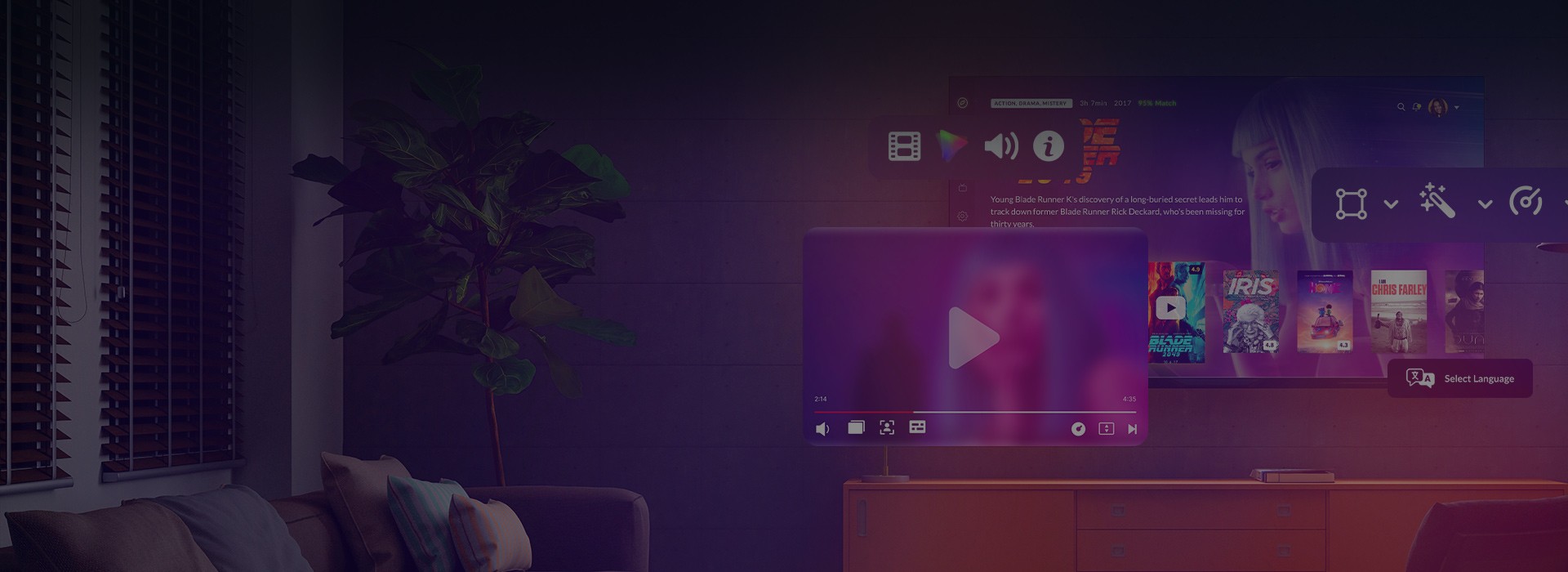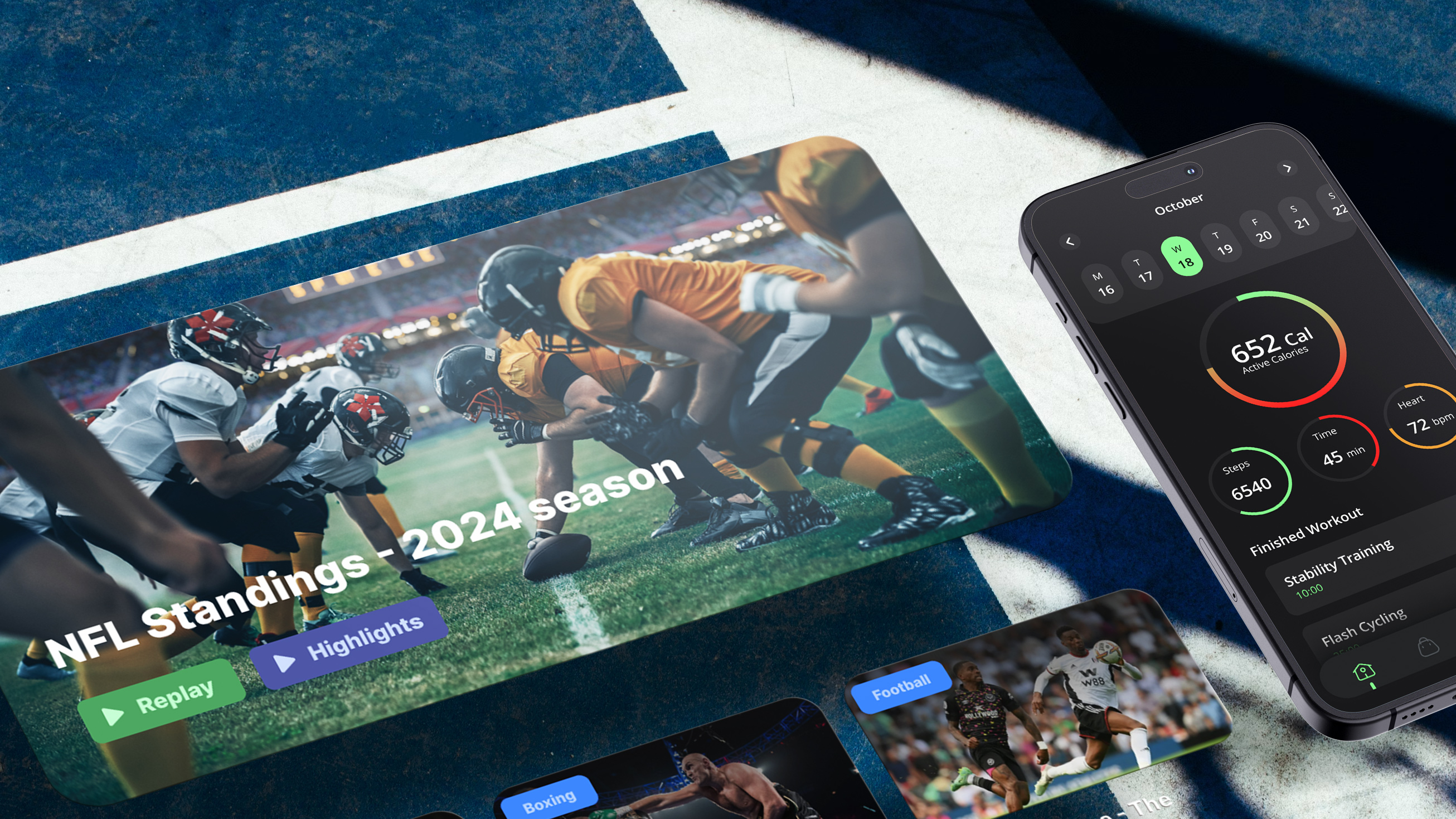In the streaming colosseum, where platforms compete for viewers thumbs up and screen time, Roku TV stands out as the quiet contender that consistently delivers. It may not be the flashiest or most premium option, but for content distributors and aggregators hungry to stretch their digital wings, Roku offers a compelling mix of broad reach, platform stability, and a developer-first approach that makes it an increasingly attractive choice.
According to Roku’s Q4 2023 report, the platform surpassed 80 million active accounts, with users clocking over 100 billion streaming hours throughout the year — a clear sign of strong viewer engagement and platform stickiness.
In contrast, Apple TV, while premium in design and performance, holds a smaller share of the streaming device market. Estimates from industry analysts suggest Apple TV accounts for less than 5% of global streaming device usage — largely due to its higher price point and closed ecosystem. However, its seamless integration with the broader Apple ecosystem and focus on high-end performance make it a favorite for a niche, but loyal, user base.
Amazon Fire TV, on the other hand, sits much closer to Roku in terms of reach. As of November 2024, Amazon reported selling over 250 million Fire TV devices globally, reflecting an increase of 50 million units since early 2023.
So how does Roku measure up against these giants? This isn’t just about which device streams better — it’s about the technical capabilities, development trade-offs, and platform philosophies that define the day-to-day realities for content distributors and aggregators aiming to expand their platform reach.
Roku TV: The people’s champion of streaming

Roku TV, built on the Roku OS, powers a range of devices — from budget-friendly streaming sticks to integrated smart TVs. Its strength lies in its straightforward approach: a content-first interface that’s easy for users to navigate and developers to build for. For developers, Roku’s BrightScript, a proprietary scripting language, is the entry point. While it may feel unconventional compared to modern languages, BrightScript is lightweight and tailored for streaming applications. Paired with SceneGraph, Roku’s XML-based rendering framework, it enables developers to create visually appealing, responsive apps with minimal overhead.
Roku’s ecosystem is a magnet for content distributors and aggregators. With over 10,000 channels (Roku’s term for apps) and a growing user base, it offers unmatched reach. The Roku Channel, a hub for free and premium content, provides a testing ground for new monetization models, from ad-supported streaming to subscriptions. Developers benefit from Roku’s Direct Publisher tool, which simplifies app creation for those with standard video feeds, though custom apps require deeper dives into BrightScript and SceneGraph.
Challenges exist, though. Roku’s hardware spans a wide performance range, from low-end sticks to the high-performing Roku Ultra. Based on our extensive experience with numerous Roku projects, optimizing apps to run smoothly across this spectrum is a task that demands careful resource management. Debugging tools are basic, and BrightScript’s lack of advanced features can limit complex functionality. Still, Roku’s open partnership model and lack of ecosystem lock-in make it a favorite for those prioritizing flexibility and scale.
Case in point: Bringing a music streaming app to Roku
Oxagile helped a global music streaming brand launch a custom Roku app to bring their curated audio content to the big screen.
Despite the challenge of working with limited-performance TVs, the team created a sleek, responsive interface using Roku’s native tools like SceneGraph. The app included features like deep linking, smooth transitions, and stable playback, all optimized for a TV-native experience.
- Fast to market
- Works great even on low-end devices
- Simple, clean user experience
This project shows how Roku lets content providers — even outside of video — launch apps quickly and reliably, without heavy tech overhead.

Roku TV vs. Apple TV

When it comes to Apple TV vs. Roku, you’re looking at two different beasts with distinct DNA. You’re pitting a mass-market workhorse against a premium, tightly controlled platform. A Apple TV, powered by tvOS, is a premium experience built for the Apple faithful. Its A15 Bionic chip (in the latest 4K models) delivers blazing performance, effortlessly handling 4K HDR content, Dolby Atmos audio, and even casual gaming. For developers, tvOS offers Swift — a modern, type-safe language — and a suite of tools like Xcode, making it a dream for those already entrenched in Apple’s ecosystem. The catch? It’s a walled garden. You’re playing by Apple’s rules, from strict App Store guidelines to mandatory integration with services like Siri and HomeKit.
Contrast that with Roku TV. It leans on accessibility over sophistication. In the Roku Ultra vs. Apple TV matchup, Roku Ultra delivers solid 4K streaming at a lower price point but lacks the raw horsepower of Apple TV’s silicon. BrightScript and SceneGraph are less resource-intensive than Swift and TVML, making Roku development faster for straightforward streaming apps. However, Roku’s framework is less suited for complex, interactive experiences — think gaming or dynamic UIs — where Apple’s tools shine.
For content distributors, Apple TV’s audience is smaller but affluent, ideal for premium content. Its multi-user profiles and AirPlay support personalized, shareable experiences, but the platform’s walled garden means strict App Store guidelines and mandatory Apple integrations. Roku’s broader reach and looser restrictions appeal to distributors targeting diverse audiences, though its simpler interface lacks Apple’s personalization depth. Aggregators face similar trade-offs: Apple’s ecosystem favors curated, high-quality content, while Roku’s open door supports a wider range of apps, from niche to mainstream.
Development challenges highlight the divide. Apple TV developers must navigate Apple’s rigorous certification process, which ensures quality but slows time-to-market. Optimizing for Apple’s uniform hardware is straightforward, but integrating with Apple services adds complexity. Roku developers, meanwhile, wrestle with hardware fragmentation — ensuring apps perform on low-end devices is a constant hurdle. Debugging on Roku is less intuitive, and BrightScript’s learning curve, while shallow, can frustrate those used to modern languages. Ultimately, Apple TV offers precision and premium appeal; Roku trades polish for speed and scale.
Roku TV vs. Amazon Fire TV

Now, let’s pivot to the Roku TV vs. Fire TV showdown — or, as some frame it, Amazon Fire TV vs. Roku. Amazon Fire TV, running on Fire OS (a modified Android), powers devices from the Fire TV Stick to the Fire TV Cube. Its hardware supports 4K HDR, Dolby Atmos, and Alexa voice control, with the Cube doubling as a smart home hub. Developers work with familiar Android tools — Java, Kotlin, and Android Studio — leveraging frameworks like the Fire App Builder for rapid prototyping or custom UIs for advanced apps. Amazon’s platform supports cloud gaming via Luna and offers robust analytics for monetization.
Roku’s approach is leaner. In the Roku vs. Amazon Fire debate, Roku prioritizes ease of use over ecosystem tie-ins. Its interface is app-centric, avoiding the content bias seen in Fire TV’s Prime Video-heavy layout. BrightScript and SceneGraph enable quick app development, especially for video streaming, though they lack the flexibility of Android’s open-ended framework. Roku’s hardware, while capable, varies in performance, unlike Fire TV’s more consistent lineup.
Content distributors find Fire TV’s 50 million-plus active users enticing, especially with Amazon’s Prime subscriber base. Alexa-driven personalization and in-app purchase integration streamline monetization, but Amazon’s platform favors its own services, which can sideline third-party content. Roku’s neutrality and larger channel catalog (10,000+ vs. Fire TV’s 9,000 apps) make it a better fit for distributors seeking broad exposure without competing against a platform owner’s agenda. Aggregators benefit from Fire TV’s smart home integrations and user profiles, which enhance personalization, but Roku’s open model supports a wider variety of content without restrictive curation.
Development challenges reflect these priorities. Fire TV’s Android roots offer flexibility but require optimization for Amazon’s UI and Alexa integrations. Sideloading APKs allows experimentation, though Amazon’s tightening restrictions limit this freedom. Roku’s closed system prevents sideloading, ensuring security but restricting innovation. Both platforms demand performance tuning — Fire TV for Amazon’s content-heavy interface, Roku for low-end hardware — but Fire TV’s steeper learning curve contrasts with Roku’s simpler, if less versatile, toolkit. Fire TV offers integration and power; Roku counters with neutrality and reach.
Current Roku’s role in the streaming pantheon
For distributors, and aggregators, Roku TV is a platform of opportunity tempered by trade-offs. Its BrightScript and SceneGraph combo accelerates development — apps can launch in weeks, not months — but hardware fragmentation and basic debugging tools demand careful optimization. Content distributors tap into Roku’s vast audience and neutral stance, though monetization lacks the seamless integration of Amazon’s analytics or Apple’s subscriptions. Aggregators thrive on Roku’s open model, sidestepping Apple’s gatekeeping and Amazon’s bias, but miss the advanced personalization of their rivals.
Compared to Apple TV, Roku sacrifices polish for accessibility, offering speed-to-market and scale over premium features. Against Amazon Fire TV, it trades ecosystem perks for neutrality, appealing to those wary of platform favoritism. For software developers, Roku’s low barrier to entry is a draw, though its technical ceiling is lower than tvOS or Fire OS. Distributors and aggregators eyeing broad reach will find Roku’s 10,000+ channels and growing user base hard to ignore, even if it lacks the bells and whistles of its competitors.
In the streaming wars, Roku TV isn’t the flashiest contender, but it’s the one that plays nice with everyone. It’s a platform where simplicity meets scale, offering a foundation for rapid deployment and wide distribution. Whether you’re building a niche app or scaling a global service, Roku’s ecosystem is a pragmatic choice — one that balances technical constraints with unparalleled opportunity. The question isn’t just which platform is best; it’s which one aligns with your vision. For many, Roku’s open road is the path to take.
Expand your reach. Master every screen
From Roku’s lean logic to Apple TV’s polished flair and Fire TV’s Android wilds — and we know how to navigate them all.
We turn fragmented ecosystems into one cohesive experience — fast, smooth, and built to scale. Let’s make apps that work (and wow) everywhere.


























